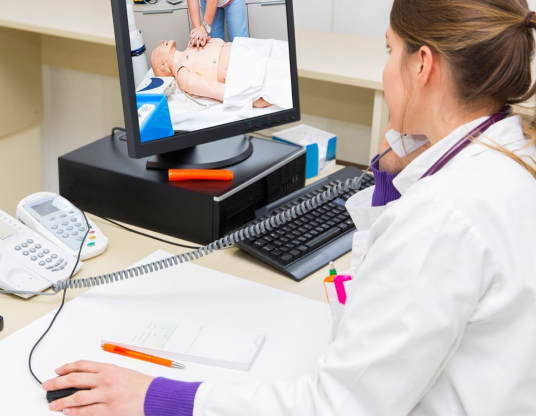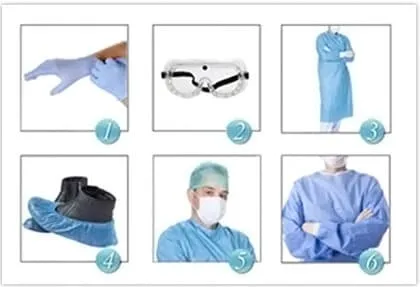Online CPR/AED Course
Get certified in Adult, Child, and Infant CPR, plus AED use, with our 100% Online CPR/AED Course. Complete it in under 2 hours, enjoy unlimited quiz retakes, and earn instant certification valid for 2 years.

Get certified in Adult, Child, and Infant CPR, plus AED use, with our 100% Online CPR/AED Course. Complete it in under 2 hours, enjoy unlimited quiz retakes, and earn instant certification valid for 2 years.
| Chapters | 12 |
|---|---|
| CE Credits | 4.0 |
| Validity | 2 Year |
| Cost | $14.95 |
| Duration | 1-2 Hrs |
| ECC | Compliant |
| Exam Attempts | Unlimited |
| Wallet Card | Download/Print/Mail |
Before you step in to help during an emergency, the very first thing to do is check the scene. Make sure it’s safe for you to enter. Staying alert protects you and helps you respond effectively.
If the scene is unsafe or puts you at risk—don’t enter. Your safety always comes first.
If you’re ever unsure or unprotected, it’s okay to step away and wait for help. Never compromise your own safety.

These actions work together—and when done quickly and in order, they can save lives.
This chapter is part of your Online CPR/AED Course and helps prepare you to respond safely and effectively when every second counts.
